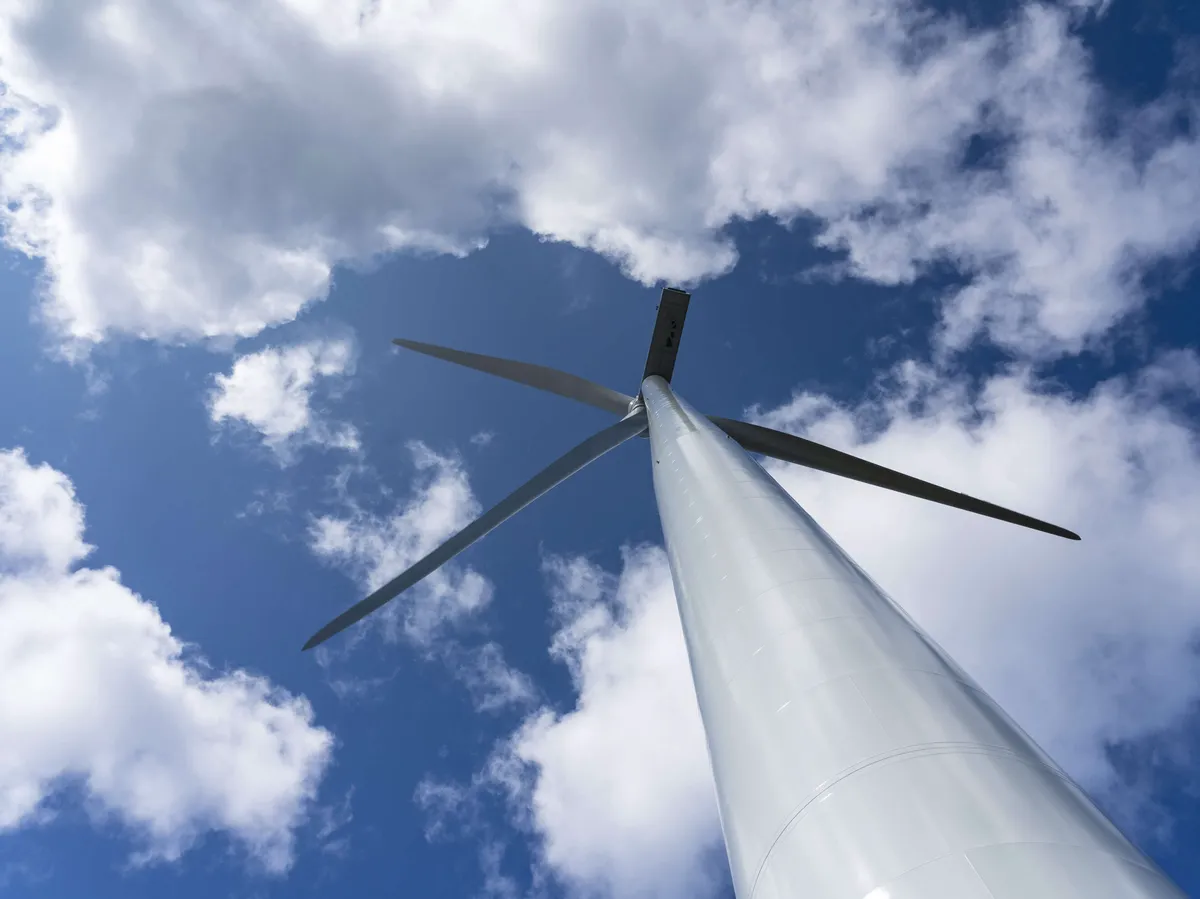From the reader. Tuulivoima is not the solution to the financial problems of municipalities, wrote the representatives of the Tuulivoima citizen’s association (KL 1.8.).
Of course it isn’t and shouldn’t be. Instead, some of Finland’s 309 municipalities can be profiled by political municipal decisions as versatile energy municipalities, such as Simo, which Kauppalehti reported on (July 23).
Currently, with regard to wind power, Finland’s tabula rasa is Eastern Finland, with the exception of a few municipalities.
The south and west coasts are occupied by both windmills and sea mills, and basic production for producing clean energy exists for these forms of energy. In practice, this means that future hydrogen and other industrial investments will naturally go to those areas where clean energy is available.
The Eastern Finland program is currently being prepared as a collaboration of six provinces. There is no shortage of individual development ideas, but the most important question is with what volume do you want to develop eastern Finland.
If we want to take a growth leap in relation to the south and west, one of the priorities must be investments in clean energy production in this decade. Without clean energy, there is no investment and no green transition.
We need wind power projects
Decisions and the will to develop Eastern Finland go hand in hand. We need strengthening of the main grid, decisions on updating the Wind Power Compensation Act for Eastern Finland and, through that, promotion of wind power projects.
These create a stable outlook for future investments. Energy self-sufficiency begets security of supply, infrastructure investments, concentrations of education and expertise, investments in R&D activities and thereby the strengthening of the regional economy.
“It is unfortunate for Eastern Finland that the Finnish government decided to exclude wind and solar power from the new energy subsidy.”
Windmills should not be built on the edge of a settlement or in places that are to be cherished in terms of tourism. Creating these threatening images and scaring citizens is unfortunate.
Wind power radar obstacles are familiar in Europe and other parts of the world. They are solvable, as today’s technology comes to the rescue.
For example, in Great Britain, funding for the compensation model has been sought on a wide front with the contribution and funding of various actors. In Finland, wind power companies and states have been targeted. There are other actors such as the EU.
It is unfortunate for Eastern Finland that the Finnish government decided to exclude wind and solar power from the new energy subsidy. Support is intended to target low-carbon industry, among other things. The energy subsidy will fall on the lair of the west coast, where energy self-sufficiency already exists.
The state can compensate for its decision by financing costs in the east. In all countries, the state participates in energy investments that are important for the country. Now it’s Eastern Finland’s turn.
Paula Aikio-Tallgren
CEO, Savon Yrittäjät, Kuopio
